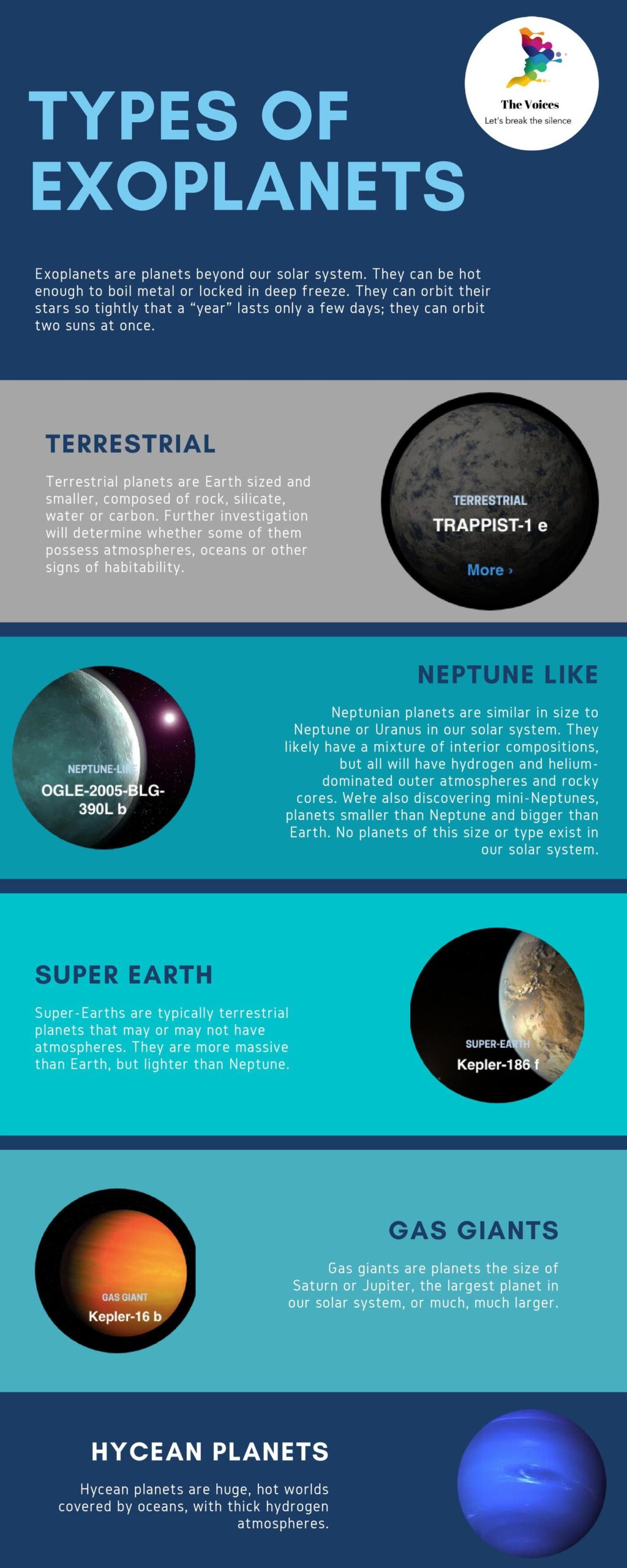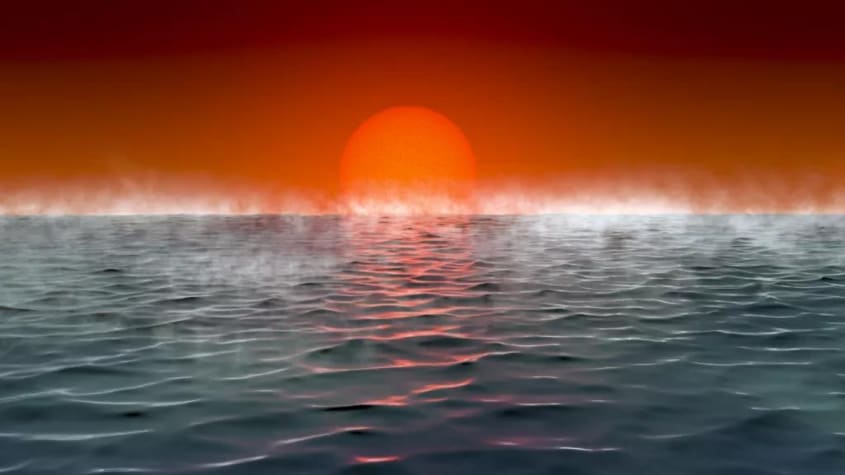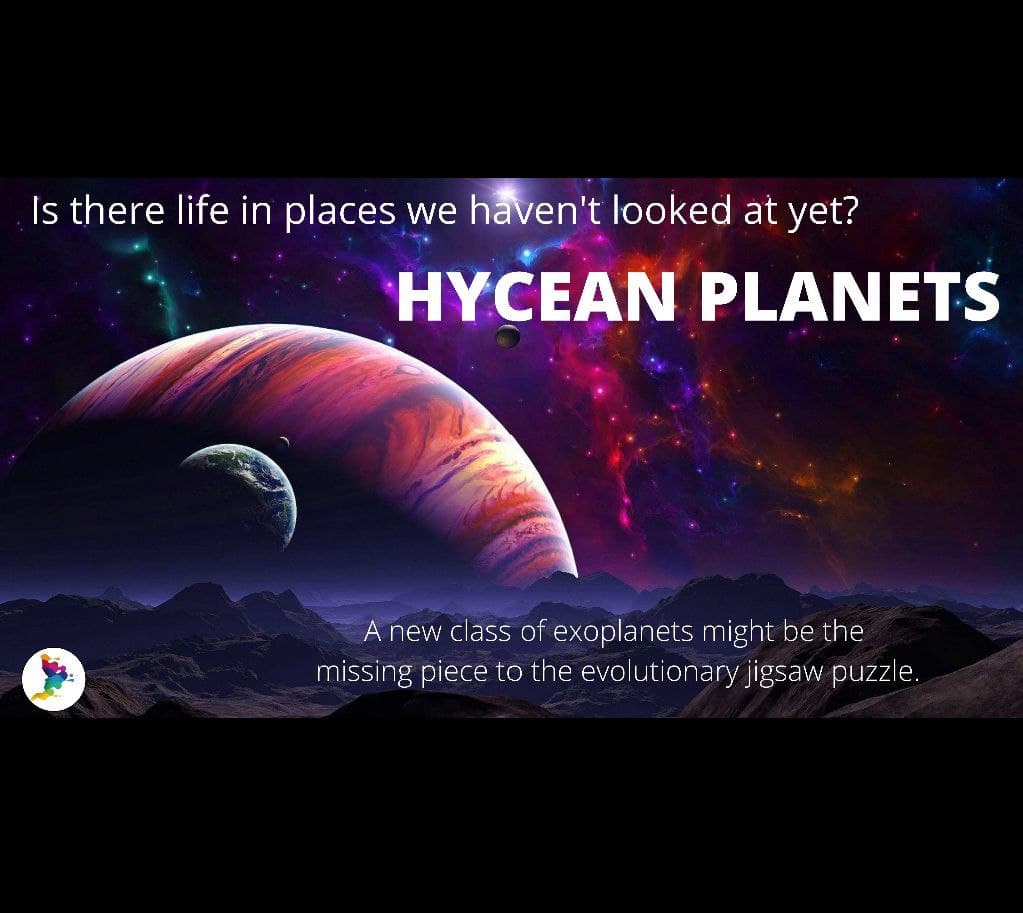The question if we are are the only intelligent sentient beings in the universe has baffled mankind for millennia. The good news is, we might be closer to finding an answer to this mystery than we believe.
Astronomers at the University of Cambridge have identified a novel category of exoplanets (planets outside solar system), Hycean planets, as a potential class of habitable planets with “massive oceans and H2-rich atmospheres.”
Research authored by astronomers Nikku Madhusudan, Anjali Piette, Savvas Constantinou from Institute of Astronomy, University of Cambridge recently appeared in The Astrophysical Journal. The research paper titled ‘Habitability and biosignatures of Hycean Worlds’ has infused a fresh perspective to the pursuit of alien life.
Terms of the trail for alien life redefined
The hunt for alien life has primarily been about keeping an eye for mirror images of Earth in terms of density, temperature, and atmosphere. The results of such adventurism haven’t been encouraging as out of the 4000 exoplanets discovered so far, only 24 are comparable to Earth in terms of habitability. The majority are ‘super-Earths or mini-Neptunes’ – planets between the sizes of Earth and Neptune. They are predominantly rocky or oceanic/icy or anything in between.

Astronomers have recently shifted their focus more upon the forces conducive to life rather than the structural resemblance to blue planet. Due to this temperamental shift the spotlight shifts to the Hycean worlds. These set of planets emerge as an exciting prospect to be explored as a potential avenue of life which can be considered ‘exotic’ for the scientific community as it might exist in conditions totally different from those prevailing on Earth.
Previous research on such exoplanets such as Madhusudans’s research on K2-18b had also confirmed the existence of liquid water at habitable temperatures beneath the hydrogen atmosphere of the planet. Now, it delves into the possibility of life inside the oceans of the atmospheric envelopes of hydrogen.
Hycean world and habitability
As per the research, “A Hycean world would have a fully oceanic surface with no landmass and a substantial atmosphere dominated by Hydrogen, with habitable surface pressures and temperatures.” Hycean planets, generally 2.5-4 times bigger than Earth, might be host to some kind of life, “necessarily aquatic” in nature, despite being as hot as 200ºC and with an atmospheric pressure 1000 times that of Earth.
A Hycean planet has a rocky core in the interior that is at least 10% by mass and is of Earth-like composition. The presence of atmospheric hydrogen would allow for a greenhouse effect, which would help ensure that the surface oceans remain liquid which is the most important criteria for a planet to qualify in a habitable zone – a stretch of space where the distance between exoplanets and the stars they revolve around is large enough to prevent water from evaporating but short enough to prevent freezing.
Hycean planets consists of a tidally-locked “dark Hycean” zone, where habitable conditions exist only on their permanent night sides as the side facing the planet’s host star would be too hot to maintain water in liquid form. There’s also the possibility of microbial oceanic life in the “cold Hycean” that receive little radiation from their stars and have icy shells.
One significant factor affecting habitability is stellar activity and stellar winds. Hycean worlds stands apart in this context too owing to its large size. Research confirms “more massive planets may be more robust to stellar activity owing to factors such as higher gravity, stronger magnetic moments, and thicker atmospheres.”
“We find that the larger radii and higher temperatures admissible for Hycean planets make these biomarkers more readily detectable in Hycean atmospheres compared to those of rocky exoplanets.”
Biosignatures in Hycean worlds
The league of traditionally cherished biosignatures include O2 , O3 , CH4 , and N2O. But then past researches suggests that a number of less abundant molecules such as Dimethysulfide (DMS), Dimethyldisulfide (DMDS), Methanethiol (CH3SH), and Carbonylsulfide (OCS) which are known to have originated from metabolic processes by microbes in Earth’s biosphere in its early years, may also qualify as biosignatures. Driven by the knowledge of species that have survived in the hydrogenous pockets of Earth’s environment researchers have identified DMS, CS2 , CH3 Cl, OCS, and N2 O as five prominent biomarkers in Hycean atmospheres as they are more traceable in Hycean atmospheres.
Paper clarifies, “Microorganisms on Earth are known to survive in H2-rich environments including conditions. In the reducing conditions of the early Earth, molecules such as DMS, DMDS, OCS, and CS2 may have been prominent biosignatures. Several of the typical biosignatures in Earth’s present atmosphere are either not very abundant (e.g., O2 and O3) or not uniquely identifiable as biosignatures (e.g., CH4 ) in H2 -rich atmospheres.”
The roads beyond
The telescopes in making, such as the James Webb Space Telescope (JWST) and Extremely Large Telescope (ELT), would intensify the atmospheric explorations in the potential Hyceans but only with significant enhancement in investment of ‘observation time’. Furthermore, Hycean worlds are made up of lighter molecules which are easier to detect with the technology available as of now.
For now, the novel class of exoplanets has surely fueled up the Homo-sapien curiosity of tracing the biosignatures of life beyond the blues and greens of Earth. More importantly it suggests that the odds which were expected to inspire the rationale for non-sustenance of life, may be the odd hosts for life.
Unlike Earth-like planets, Hycean worlds might be dispersed throughout the galaxy. If Madhusudhan’s assertions are further stabilized, it won’t only amplify our vision of alien life in space but would also reshape the way we place ourselves in the spectrum of life.
The discovery of life forms in conditions considered absolutely non-conducive for any sentient life forms in the universe would open a new dimension to the understanding of our own existence as sentient beings.
The simple realization that we are not alone in the universal playground would lead to a tangential shift in our understanding of life, behavior and relationship dynamic not just with all possible alien life forms, but with all the life forms here on our planet.

Edited by: Raghujit S. Randhawa

